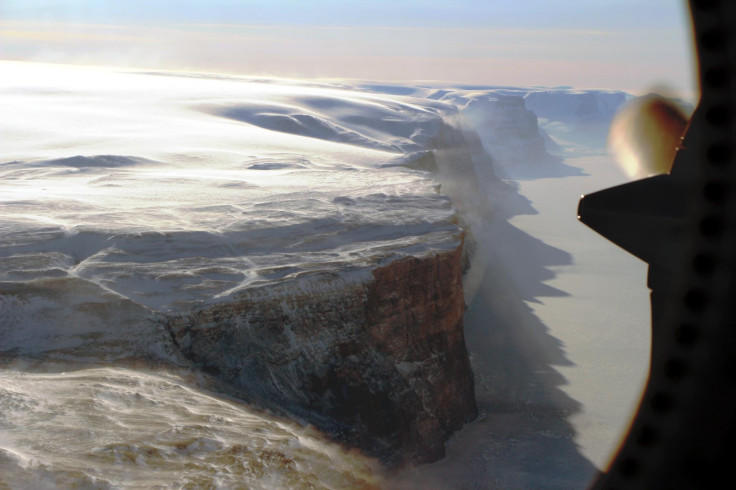How to stop glaciers from melting? Build a giant wall around them, says Princeton scientist
Michael Wolovick says large walls at the mouth of ice sheets in Greenland and Antarctica will effectively isolate them from the sea.

One way to stop and isolate ice sheets and glaciers from melting and falling into the sea will be to build giant walls to contain them at their mouths.
While that may seem bizarre and even silly, simulations show that it may actually work, says a report by Popular Mechanics (PM). Proposed by Princeton glaciologist Michael Wolovick, this idea is not intended to stop the melting, rather, slow it down.
Data given by Wolovick shows that large walls at the mouth of ice sheets in Greenland and Antarctica will effectively isolate them from the sea. This could keep them in their frozen solid state longer and dramatically reduce the amount of ice that gets lost in the sea.
A report by the Atlantic says that Wolovick has been working on this idea for over two years now and he feels that walls could put off the ill-effects of ice melting by centuries. This time notes the report, the world would have found a way to not only contain pollution, b actually reverse the effects of global warming.
The walls need not look like brick and concrete structures that resemble a massive dam, rather, simple structures made of piles of sand and stone, stretching for miles underwater on the sea floor. This could change how glaciers respond to the sea and slow it down, if not prevent its collapse.
Wolovick believes that if it works like he envisions it, glaciers will last 10 times longer than they do today. In the simulations run in his lab, the report mentions that a glacier that would have possibly lasted 100 years today, with a wall, could go on for at least a millennium.
"Part of the reason I'm putting this forward is it might be better to have a more targeted intervention. While the broad-brush solar geo-engineering is more planetary scale, the problems may be more planetary scale too," he told the Atlantic.
His solution works at the source of the problem, notes the report, saying that the glaciers in Antarctica and Greenland which are the cause for the most immediate sea level rise are relatively well contained as of now. It is a better option to try and engineer them than to attempt to control the world's weather system like other proposals are trying to like cloud seeding and giant sunshades in space.
"Their geographic scale is smaller," he said. "You get much more bang for your buck, in terms of how many societal impacts come from these specific ice streams and outlet glaciers," he said.





















